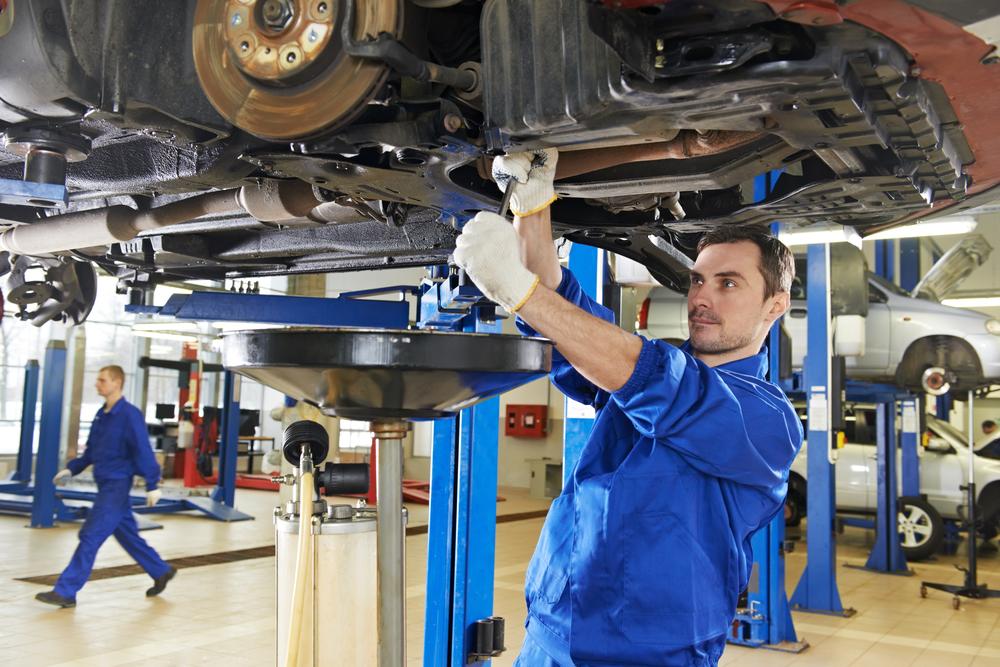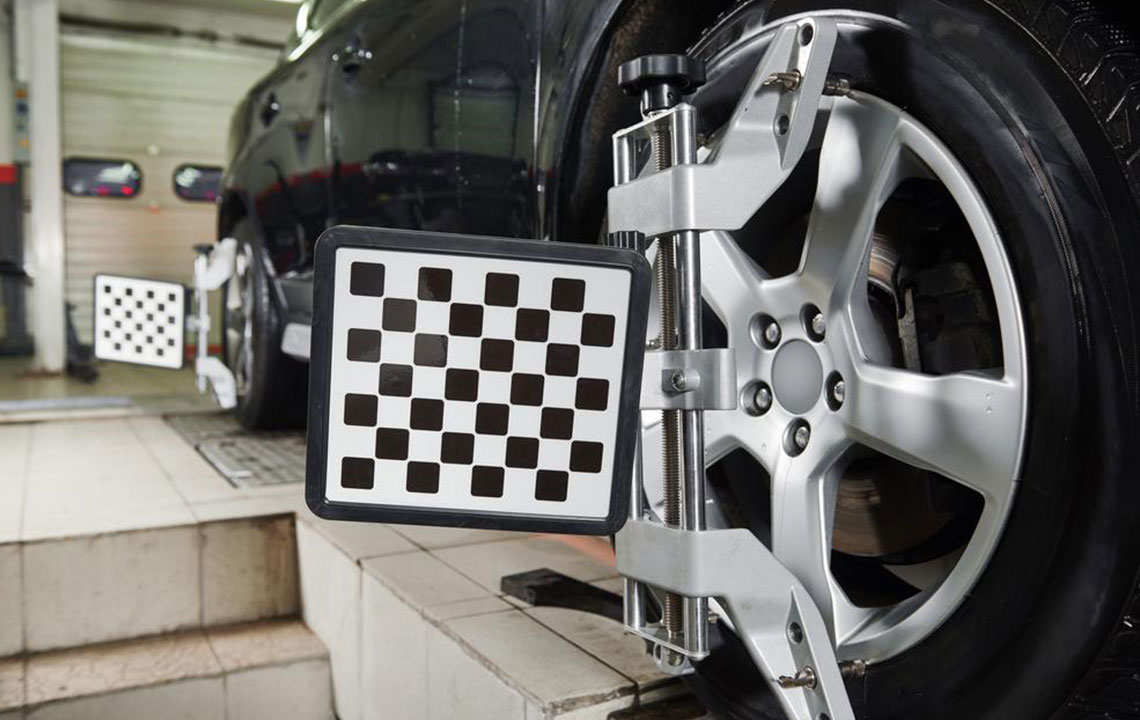Are Vehicle Alignment Coupons a Smart Choice for Your Car Maintenance?
Discover whether using vehicle alignment coupons is a wise investment for maintaining optimal vehicle performance. Learn about the signs of misalignment, benefits of proper wheel alignment, and how affordable discounts can help keep your car running smoothly. Regular alignment checks improve safety, extend tire life, and enhance overall driving comfort, making coupons a cost-effective solution for car owners. This detailed guide explains the importance of alignment services and how to choose the best deals for your vehicle’s maintenance needs.

Are Vehicle Alignment Coupons a Smart Choice for Your Car Maintenance?
When your vehicle begins to vibrate while driving, pulls to one side, or if you notice that your steering wheel needs constant correction, these could be signs that your wheels are misaligned. Additionally, uneven tire wear, reduced fuel efficiency, and difficulty steering are common symptoms associated with improper wheel alignment. Addressing these issues promptly not only improves driving safety but also prolongs the lifespan of your tires and other suspension components. One cost-effective way to ensure your vehicle remains in optimal condition is by utilizing alignment coupons, which offer significant discounts on essential wheel alignment services.
Wheel alignment, or wheel tracking, refers to adjusting the angles of your vehicle's wheels to manufacturer specifications. Proper alignment involves making sure that the wheels are parallel to each other and perpendicular to the ground, ensuring smooth steering and stable handling. When the alignment is correct, your tires wear evenly, fuel consumption improves, and overall vehicle stability is maintained. Alignment coupons can be particularly beneficial, making necessary adjustments more affordable and accessible, whether it’s for aligning two wheels or all four.
To ensure your vehicle’s alignment is proper, professional technicians conduct detailed inspections of the steering and suspension systems. They assess tire wear patterns, measure tire pressure, and evaluate tire size. The process typically involves inspecting various suspension components such as control arms, ball joints, and struts, to detect any wear or damage that could contribute to misalignment. A key aspect of alignment testing is comparing the current wheel setup to the manufacturer’s recommended specifications. Misalignment may stem from hitting potholes, curbs, or rough roads, or from suspension component failures. Regular alignment checks and adjustments help maintain driver safety, improve handling, and extend the lifespan of your tires, ultimately saving you money in the long run.





